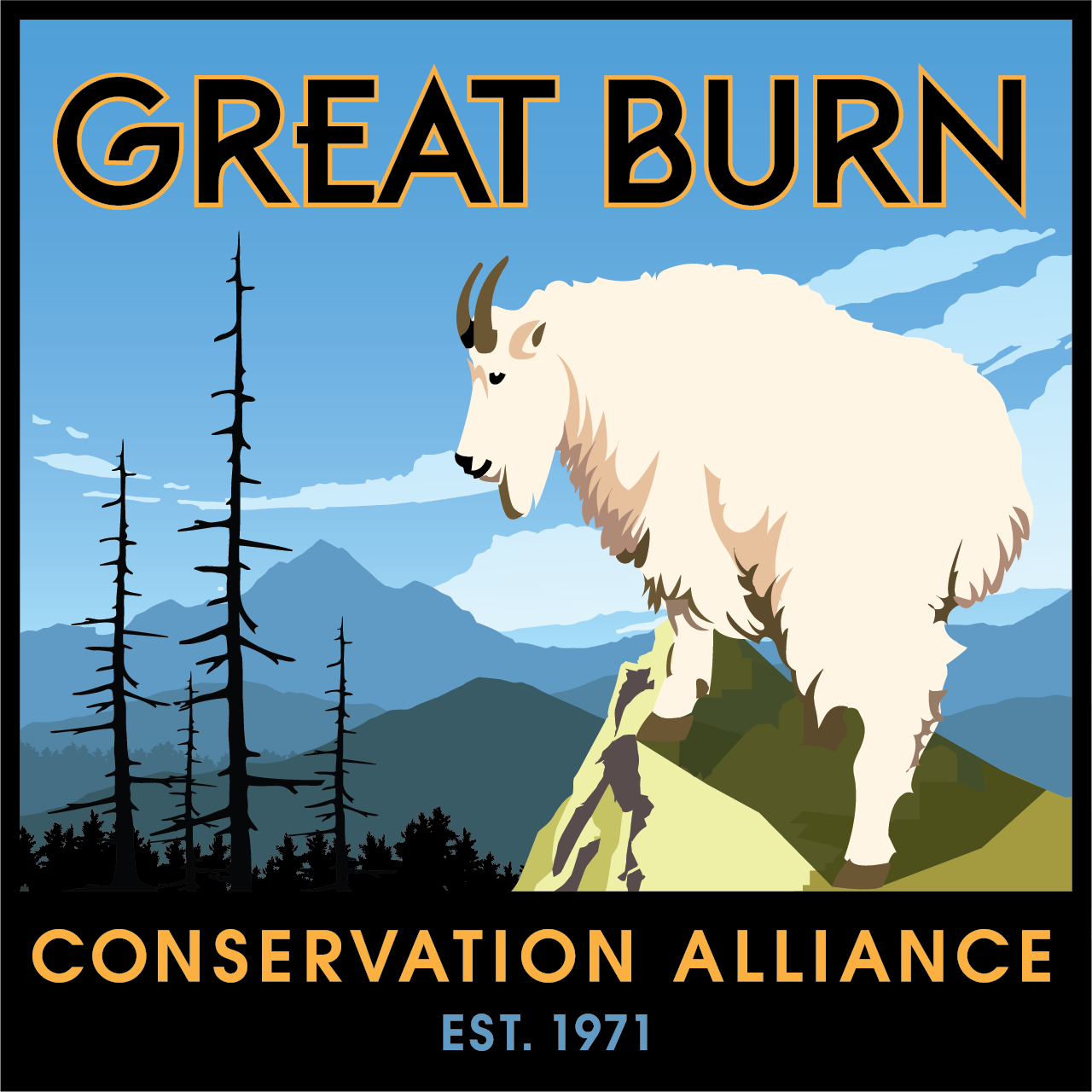The forests are pretty awesome in ways that they are able to protect themselves whether it be against beetles, fungi, fire, or even humans. This week, we’re highlighting three of our resident firefighters in the forest. These guys play a big part in fire behavior, fire ecology, and post-fire revegetation. Next time your out and run across one of these friends make sure you thank them (yes, be a tree-hugger!) for everything they do in the forest.
Western Larch
Larix occidentalis
Western larch is the most fire resistant tree we have around here. Its bark helps to insulate it against fire and can be up to 6” thick at the base! By self-pruning, or dropping their lower branches, they create less of a risk of the fire climbing into the crown. And also, their needles are not very flammable since they are replaced each year. Western larch regenerates the best in open areas with lots of light, so they are one of the first colonizers following a fire.
Ponderosa pine
Pinus ponderosa
This tree is special as even its young saplings are considered highly fire resistant. Their long needles help to shield their buds from heat and flames. Ponderosa pine does not have much lichen growth and typically grows in more open habitats. Their roots dig deep into the ground. Ponderosa pine actually has the best regeneration rate when on mineral soil and ash.
Douglas fir
Pseudotsuga menziesii
Although when mature they are considered very fire resistant, young Doug firs do not have the ability to stand up against fires, causing them to fall third on our list. Douglas fir has thick bark that helps the tree withstand medium intensity fires. They grow very slow which makes them a very strong tree in many aspects, however, their roots don’t grow as deep, they are known to have some beetle problems, and mistletoe growing in their branches gives more room for the fire to spread.



